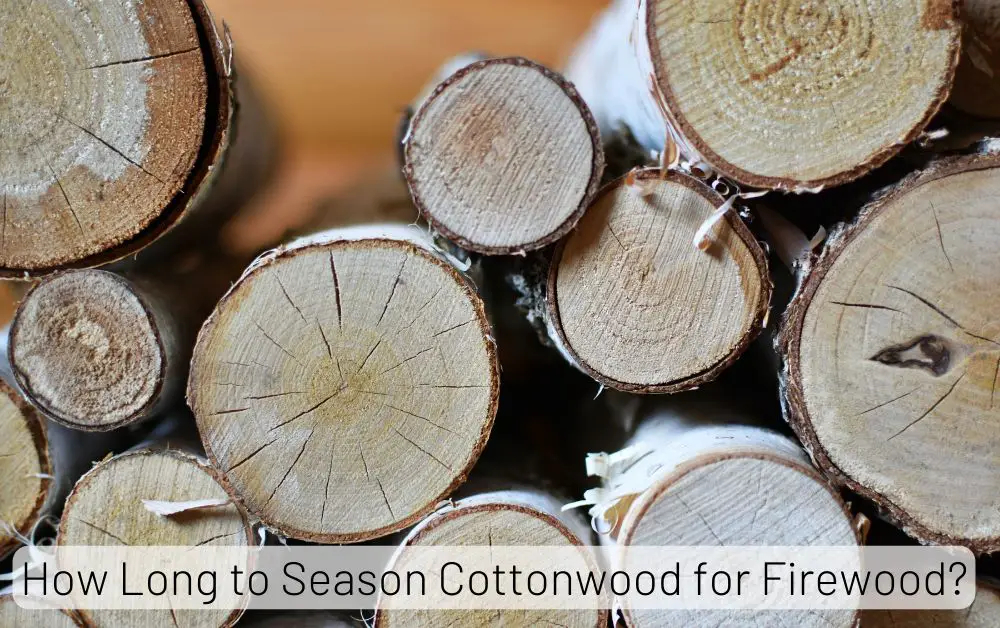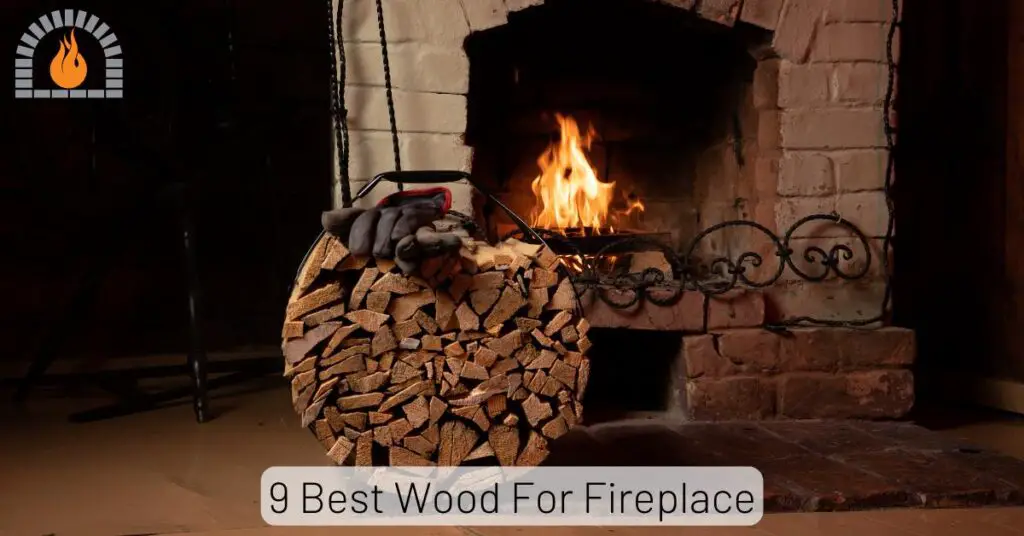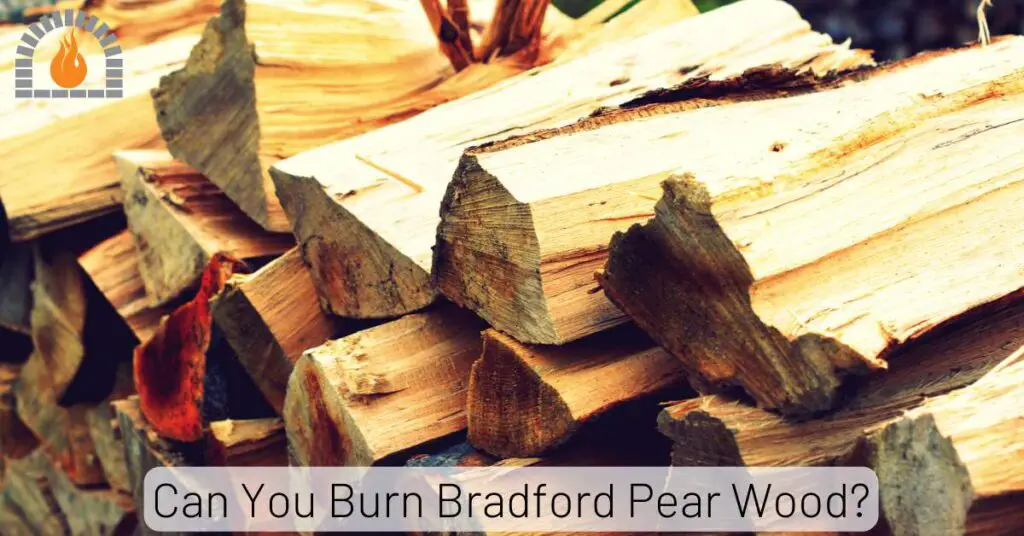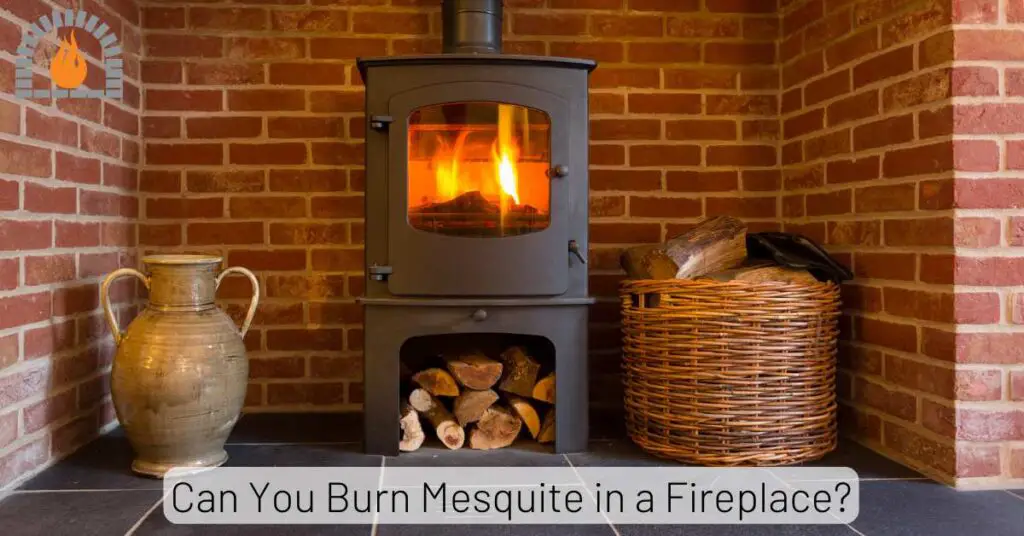Curing firewood, also known as seasoning, is the essential process of reducing moisture content in freshly cut wood to optimal levels for burning. Properly cured firewood ignites easier, burns hotter, produces less smoke, and minimizes creosote buildup in your chimney.
When you learn how to cure firewood correctly, you’re not just preparing for winter—you’re ensuring safer, more efficient heating that saves money and reduces environmental impact. Whether you’re heating your home with a wood stove, fireplace, or outdoor fire pit, mastering this fundamental skill transforms your wood burning experience from frustrating to fantastic.
Key Takeaways
- Properly cured firewood should have a moisture content below 20% for optimal burning
- The curing process typically takes 6-12 months depending on wood species and conditions
- Correct stacking techniques significantly improve drying efficiency
- Covering only the top of your wood pile while keeping sides exposed is crucial
- Hardwoods generally require longer curing times than softwoods
- Using a moisture meter is the most reliable way to determine if firewood is ready to burn
What is Firewood Curing and Why Does It Matter?
Firewood curing is the natural process of air-drying freshly cut (“green”) wood until its moisture content drops to levels suitable for efficient combustion. When trees are alive, they contain significant amounts of water—often up to 50% of their weight. This high moisture content makes green wood difficult to burn, produces excessive smoke, and creates minimal heat.
According to the U.S. Forest Service, properly seasoned firewood with moisture content below 20% produces up to 30% more heat than green wood. Additionally, the Environmental Protection Agency notes that burning dry firewood can reduce particulate emissions by up to 50% compared to burning green wood.
Benefits of Properly Cured Firewood
- Increased Heat Output: Dry wood produces significantly more BTUs (British Thermal Units) than wet wood.
- Easier Ignition: Well-seasoned wood catches fire quickly and easily.
- Reduced Smoke: Less moisture means less smoke, making your fires more pleasant and environmentally friendly.
- Less Creosote Buildup: Burning dry wood minimizes the accumulation of flammable creosote in your chimney, reducing fire hazards.
- Longer Burn Time: Seasoned wood burns slower and more consistently, providing longer-lasting heat.
Best Time to Cut and Cure Firewood
Timing is crucial when it comes to firewood preparation. The ideal time to cut firewood is late winter through early spring. This timing gives you the maximum advantage of the warm, dry summer months to season your wood before the cold weather returns.
| Season | Activity | Reason |
|---|---|---|
| Late Winter/Early Spring | Cut firewood | Trees have lower sap content, maximizing drying time |
| Spring/Summer | Primary curing period | Warm temperatures and higher humidity promote gradual, even drying |
| Early Fall | Check moisture content | Ensure wood is ready before heating season begins |
| Late Fall/Winter | Burn properly cured wood | Enjoy efficient, warm fires throughout heating season |
How Long Does It Take to Cure Firewood?
The curing time for firewood varies significantly depending on several factors:
- Wood Species: Hardwoods like oak and hickory typically require 6-12 months, while softer woods like pine may season in 4-6 months.
- Climate: Drier, warmer climates accelerate the curing process.
- Stacking Method: Properly stacked wood cures faster than haphazard piles.
- Wood Size: Smaller pieces cure more quickly than larger logs.
- Exposure: Good air circulation and exposure to sun and wind speed up drying.
| Wood Species | Approximate Curing Time | Heat Output (BTUs per cord) |
|---|---|---|
| Oak | 12-24 months | High (24-30 million BTUs) |
| Hickory | 8-12 months | Very High (27-30 million BTUs) |
| Maple | 6-8 months | Medium-High (22-25 million BTUs) |
| Ash | 6-8 months | Medium-High (20-24 million BTUs) |
| Birch | 4-6 months | Medium (20-22 million BTUs) |
| Pine | 4-6 months | Low-Medium (15-20 million BTUs) |
| Fir | 4-6 months | Low (14-18 million BTUs) |
Step-by-Step Guide: How to Cure Firewood Properly
1. Selecting the Right Wood
Start by choosing the right wood species for your needs. Hardwoods generally provide more heat and burn longer than softwoods. According to the University of Kentucky College of Agriculture, Food and Environment, dense hardwoods like oak, hickory, and maple offer the highest heat values, making them excellent choices for home heating.
2. Proper Cutting Techniques
When cutting firewood, aim for consistent lengths that will fit your stove or fireplace, typically 16-20 inches. Split larger logs to increase surface area and accelerate drying. The ideal size for most fireplaces and wood stoves is 3-6 inches in diameter.
3. The Art of Stacking Firewood
Proper stacking is perhaps the most critical factor in effective firewood curing. Follow these guidelines:
- Location: Choose a sunny, well-ventilated area with good drainage.
- Elevation: Stack wood off the ground using pallets or a firewood rack to prevent moisture absorption from soil.
- Spacing: Leave 6-12 inches between rows to promote air circulation.
- Orientation: Stack bark-side down initially to help moisture escape, then bark-side up once partially seasoned to protect from rain.
4. Covering Your Firewood Pile
Proper covering is essential but often misunderstood. The key is to cover only the top of your wood pile while keeping the sides exposed. This configuration allows moisture to escape while protecting the wood from rain and snow. Use a tarp or specialized firewood cover that extends just a few inches over the sides.
5. Rotating Your Wood Supply
Implement a “first in, first out” system for your firewood. Use the oldest, most seasoned wood first, and continue to rotate your supply. This practice ensures you’re always burning optimally cured wood.
How to Tell if Firewood is Properly Cured
Determining when firewood is ready to burn is crucial for efficient heating. Here are several methods to assess if your wood is properly seasoned:
1. Use a Moisture Meter
The most accurate way to test firewood moisture content is with a moisture meter. According to the Wood Heat Organization, properly seasoned firewood should have a moisture content of less than 20%. To test, split a piece of wood and press the meter’s probes into the freshly exposed surface.
2. Visual Inspection
Seasoned firewood typically has:
- Grayish, weathered appearance
- Cracks in the ends (called “checking”)
- Loose or peeling bark
3. Weight Test
Seasoned wood is significantly lighter than green wood due to water loss. Compare a piece of your cured wood to a freshly cut piece of the same species—properly seasoned wood should feel noticeably lighter.
4. Sound Test
When two pieces of seasoned wood are struck together, they produce a hollow, clacking sound. Green wood, by contrast, makes a dull thud.
5. Smell Test
Seasoned wood has a mild, pleasant woody scent, while green wood often has a stronger, more “sappy” smell.
Common Mistakes to Avoid When Curing Firewood
Even experienced wood burners sometimes make these common mistakes:
- Stacking wood directly on the ground: This leads to moisture absorption and rot.
- Covering the entire pile: Wrapping the whole pile in a tarp traps moisture and prevents proper curing.
- Poor air circulation: Stacking wood too tightly or against walls inhibits drying.
- Using unseasoned wood: Burning green wood is inefficient and creates excessive creosote.
- Mixing wood species in the same stack: Different species cure at different rates, making it difficult to track readiness.
- Storing wood in unventilated areas: Indoor storage without proper ventilation prevents adequate drying.
Storing Cured Firewood
Once your firewood is properly seasoned, proper storage is essential to maintain its quality:
- Keep it dry: Continue to protect the top of your stack from rain and snow.
- Maintain air circulation: Don’t stack cured wood tightly against walls or in unventilated spaces.
- Elevate the stack: Keep wood off the ground to prevent moisture absorption.
- Convenient access: Store your cured wood where it’s easily accessible but not too close to your home to avoid pest problems.
- Indoor storage: For short-term storage (a week or two), you can bring smaller amounts of cured wood indoors.
Different Wood Types and Their Characteristics
Understanding the properties of different wood species can help you select the best firewood for your needs:
| Wood Species | Heat Output | Burn Time | Sparking | Aroma | Ease of Splitting |
|---|---|---|---|---|---|
| Oak | High | Long | Low | Mild | Difficult |
| Hickory | Very High | Long | Moderate | Strong | Moderate |
| Maple | High | Medium-Long | Low | Mild | Moderate |
| Ash | High | Medium | Low | Mild | Easy |
| Birch | Medium | Medium | Moderate | Pleasant | Easy |
| Pine | Low-Medium | Short | High | Resinous | Very Easy |
| Apple | Medium | Medium | Low | Very Pleasant | Moderate |
Environmental Benefits of Properly Cured Firewood
Using properly cured firewood isn’t just about efficiency—it’s also better for the environment:
- Reduced Emissions: The EPA reports that burning dry wood produces significantly fewer particulate emissions than burning green wood.
- Higher Efficiency: More complete combustion means you get more heat from less wood, reducing overall wood consumption.
- Less Creosote: Reduced creosote buildup means lower risk of chimney fires and less frequent cleanings.
- Sustainable Heating: When harvested responsibly, wood is a renewable energy source with a carbon-neutral cycle.
FAQs
Can I speed up the firewood curing process?
While you can’t drastically speed up natural curing, you can optimize conditions by:
Splitting wood into smaller pieces
Stacking in a sunny, breezy location
Keeping wood off the ground
Ensuring proper spacing between stacks
Using a kiln or specialized firewood dryer (for small quantities)
Is it okay to burn slightly green wood if I’m in a hurry?
While it’s possible to burn wood that isn’t perfectly seasoned, it’s not recommended. Burning green wood produces excessive smoke, creates minimal heat, and significantly increases creosote buildup in your chimney, which is a serious fire hazard.
How do I protect my firewood from rain while still allowing it to cure?
Cover only the top of your wood pile with a tarp or specialized firewood cover, leaving the sides exposed. This configuration allows moisture to escape while protecting the wood from precipitation.
Affiliate Disclosure: Fireplaceadviser.com is a participant in the Amazon Services LLC Associates Program. We may earn a commission when you click on certain links on this site and purchase.

Hello!! I am Jamal Khan. I often fix my home electric heaters and gas stove problems and research the common issues in the heating units to improve my knowledge and expertise. The aim of establishing fireplaceadviser.com is to share my expertise and knowledge with my audience.


















